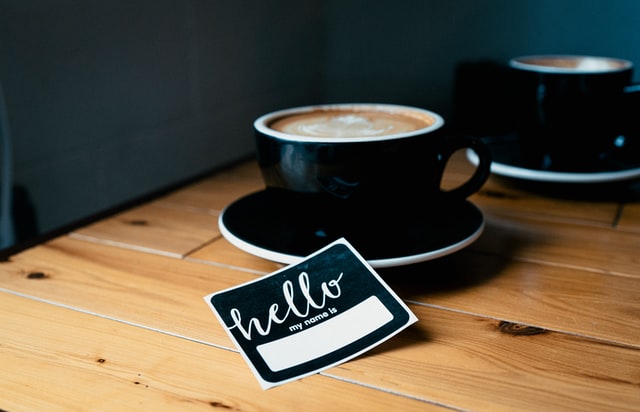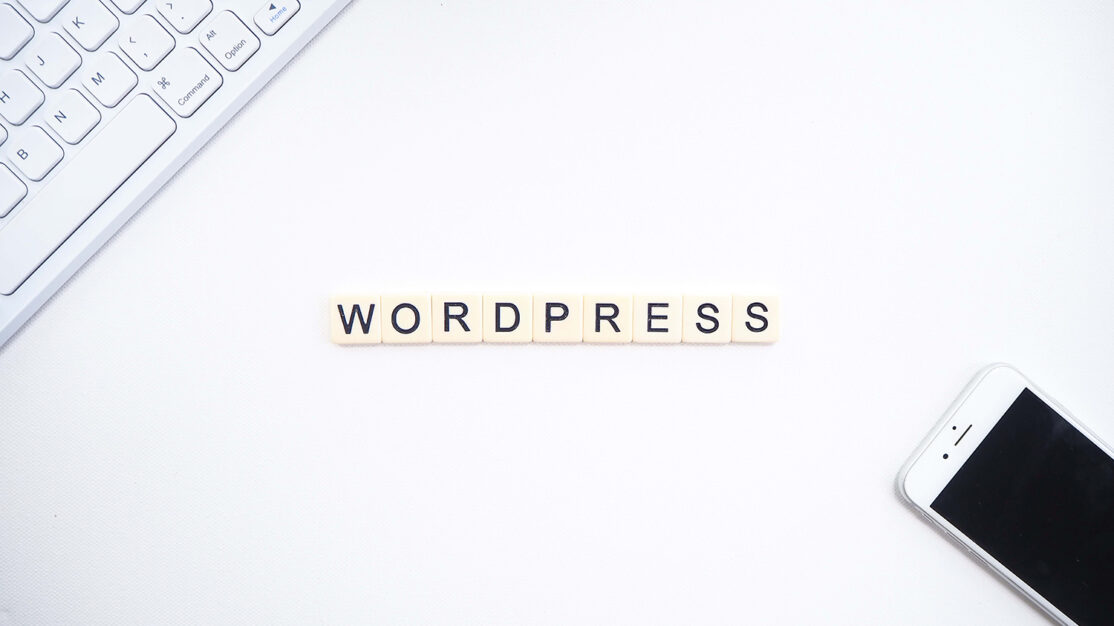At Storm, development of a new website is underway. After three years it’s time for an upgrade that represents how the company has evolved. As a newbie to Storm, I decided to ask Tom, our Creative Director, what elements of a website you should consider during the design process in order to create a positive user experience.
Here are Tom’s top tips:
The branding
Branding is an important factor for success these days. In a world where expectations are so high and attention spans are so short, you’re really not getting a second chance for a first impression. Visual identity is key. How are you presenting yourselves across different devices? Will people recognise you and how are you talking to people, how is your tone of voice? Are you friendly and human?
Consistency across experiences are something we think about all the time at Storm. If you have a strong physical presence within a premises or even if you’re online already implementing some social media marketing, it’s so important to give your audience a consistent experience wherever they arrive at you first – physical store to online store, social media post to website or even website booking to venue.
Your audience
Maybe the most important factor! Who are your audience? What do they need or want? What are their lowest and highest expectations? How are they going to be interacting with your website – mobile or desktop? These are all really key questions that need to be answered as early as possible, preferably before you load up Sketch or Photoshop (not InDesign, you crazy people. Don’t make me come over there!). Speak to your audience, grab a notepad and highlight the factors.
Accessibility is a big thing these days. Whether you are going for a good AA rating, or a hardcore AAA, testing your designs for things such as sizing and colour contrasts as much as possible is great practice. The good news is software such as Sketch has built in tools that make these things so much easier, so no excuses!
The purpose
What are you trying to sell or say? What’s your goal? Being clear is great. The pressure is really on these days and so many brands try so hard that they just end up doing or saying too much, confusing their audience or wasting their time with mixed messages like red buttons that mean ‘yes please’, or content on pages that don’t work together in a desperate attempt to catch someone’s attention.
A wise man once said to me (Dave, about an hour ago) “Perfection isn’t when there is nothing left to add, but when no more should be taken away”. Now, that’s not to say you can’t add some pizzazz to your website, but the designs have to be super clear to the audience, a road with no blockages that takes them to their destination with a few pretty sights along the way, that will make them come back again for more.
How to present your product/service.
Now, this is where it gets fun. As a hobbyist photographer, I always think of this as a ‘zoom in-zoom out’ mindset. What’s the detail, and what’s the bigger picture? And how can you represent your audience while doing that?
To put this into context, let’s look at our good friends at LifeJacket and how they sell sun cream. Sure, we can show the product, the cool packaging, someone even applying the cream to their face and smiling….But why does someone really need the suncream? This is where we can ‘zoom out’ and present the audience with the bigger picture via visual story or clever copywriting, or in LifeJacket’s case, the lifestyle. The lifestyle is about taking care of your body, your health, and by doing that you can be outdoors more, spend more time with your family, be carefree while doing the things you love doing! Your website really has to cover all bases and present your business in ways to let your audience know that their time or money is worth it, while making them feel a part of something bigger and more important.
We hope these suggestions have inspired you to think about how you’d like to design your website. Of course we are always here for a chat and a massive thank you to Tom for sharing your top tips with us.




